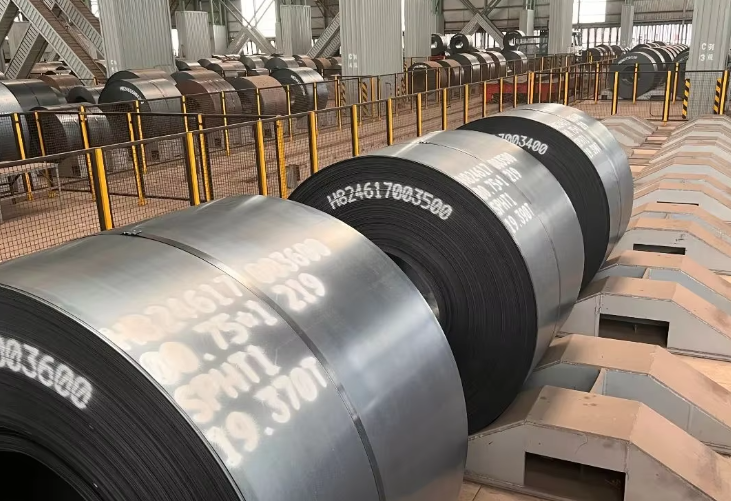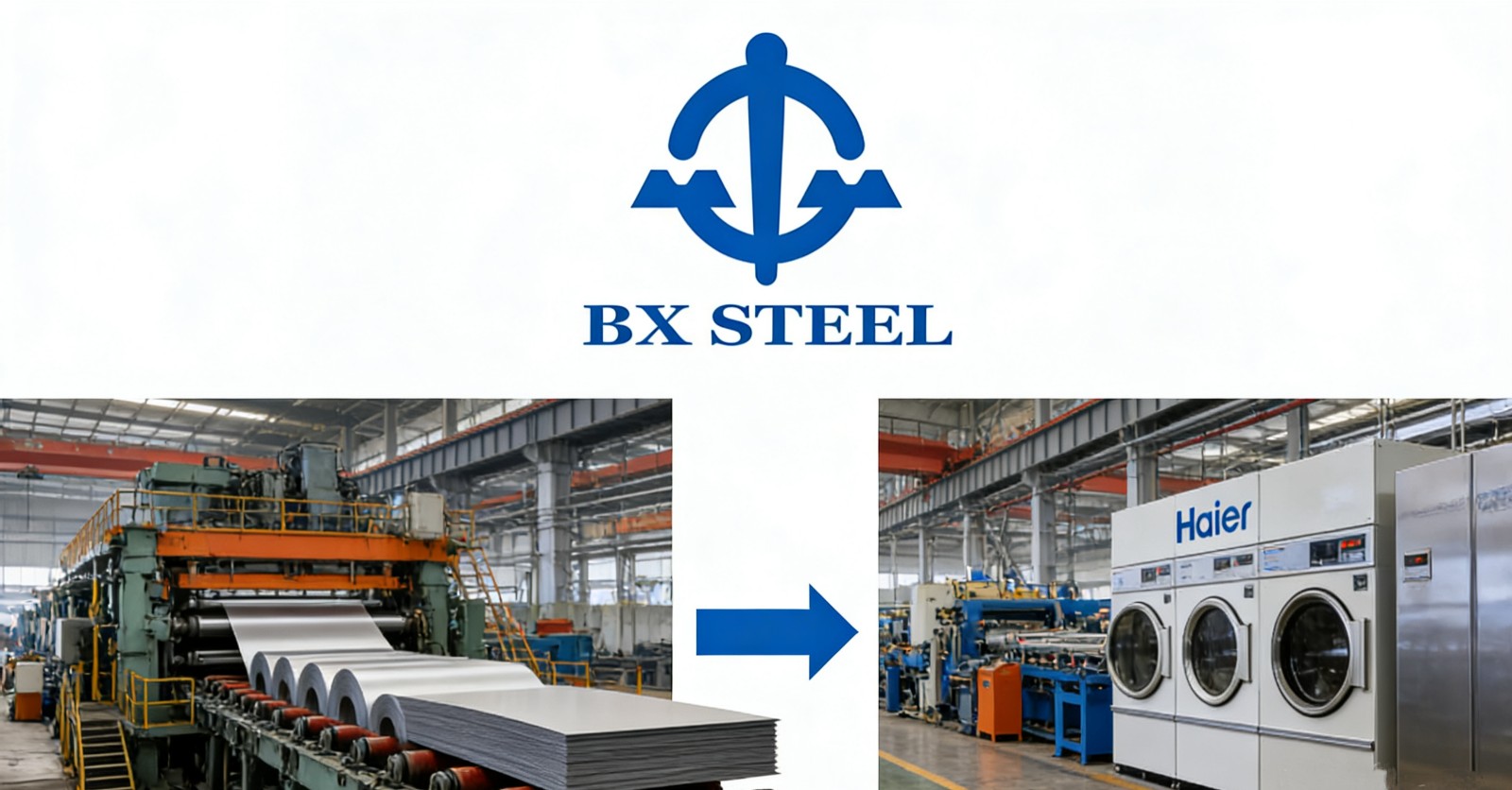

Recently, multiple products from enterprises including Bayi Iron & Steel, Dingsheng Iron & Steel, Wantai Special Steel, and Songting Iron & Steel have successfully passed the C2F Low-Carbon Emission Steel Evaluation. The relevant information has been officially published on the Low-Carbon Emission Steel Release Platform (www.C2Fsteel.com). The successful evaluation sets a new benchmark for the industry in establishing green and low-carbon product brands.
To date, 23 products from companies including China Baowu, Ansteel, Shougang, and Baogang have obtained C2F Low-Carbon Emission Steel certification. These products span multiple categories such as crude steel, hot-rolled coils, seamless steel pipes, reinforcing bars, wire rods, and medium-thick plates, with production processes covering both the long blast furnace-converter route and the short electric furnace route. These products are widely used in key sectors such as transportation, energy, construction, and power generation, demonstrating the Chinese steel industry's commitment and capability to drive collaborative carbon reduction across the industrial chain.
As carbon emissions become a critical factor influencing global steel industry development, downstream users' demand for low-carbon steel procurement is growing, and international efforts to establish low-carbon steel evaluation systems are intensifying. To address challenges posed by inconsistent standards, China's steel industry has developed the Low-Carbon Emission Steel Evaluation Method standard, tailored to its unique development characteristics and energy structure, which was officially released in October 2024. This standard employs a “dynamic threshold + fixed boundary” evaluation system, incorporating scrap steel ratio and green electricity usage proportion into carbon efficiency calculations. It scientifically categorizes five carbon efficiency grades, enabling a fair assessment of carbon efficiency levels across different production processes.
The C2F low-carbon steel evaluation system has gained widespread recognition across the industrial chain and achieved breakthrough applications in multiple sectors. For instance, in April 2025, hot-dip galvanized components used in FAW-Volkswagen's Magotan model became China's first low-carbon steel parts to pass vehicle-level technical certification, with their raw materials sourced from the first batch of hot-rolled coil products certified through C2F evaluation. In the construction sector, in November 2024, eight steel enterprises including Baowu and Ansteel, along with 15 real estate companies such as China Construction Eighth Engineering Division and Hang Lung Properties, jointly launched the “Real Estate Low-Carbon Steel Cooperation Initiative.” Hang Lung Properties has nearly fully adopted low-carbon steel for structural steel plates and reinforcing bars in the above-ground structures of its Shanghai Plaza Phase III project, making it China's first commercial real estate project to comprehensively utilize low-carbon construction steel.
The establishment and application of China's C2F Low-Carbon Steel Evaluation System provide scientific grounds for downstream industries to implement green procurement, while contributing Chinese wisdom and solutions to the global steel industry's low-carbon transition. Through concerted efforts, the promotion and application of low-carbon steel will further support the steel industry and related supply chains in achieving high-quality, sustainable development.




|

|

|

|

|
| Timely Info | Independent | Platform | Multiple guarantees | Self-operated storage |
| About us | Channel | Useful tools |
|---|---|---|
| About China Steel Market | Prices | Steel Weight Calculation |
| Contact Us | Answers | Why Choose Us |
| Terms & Conditions | Inventory | |
| Privacy Policy | Help |
Hot search words: